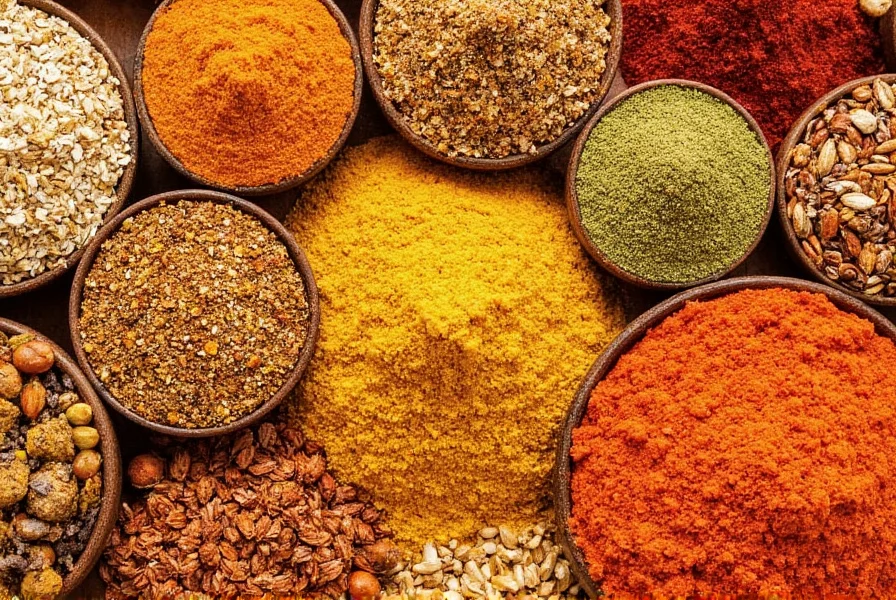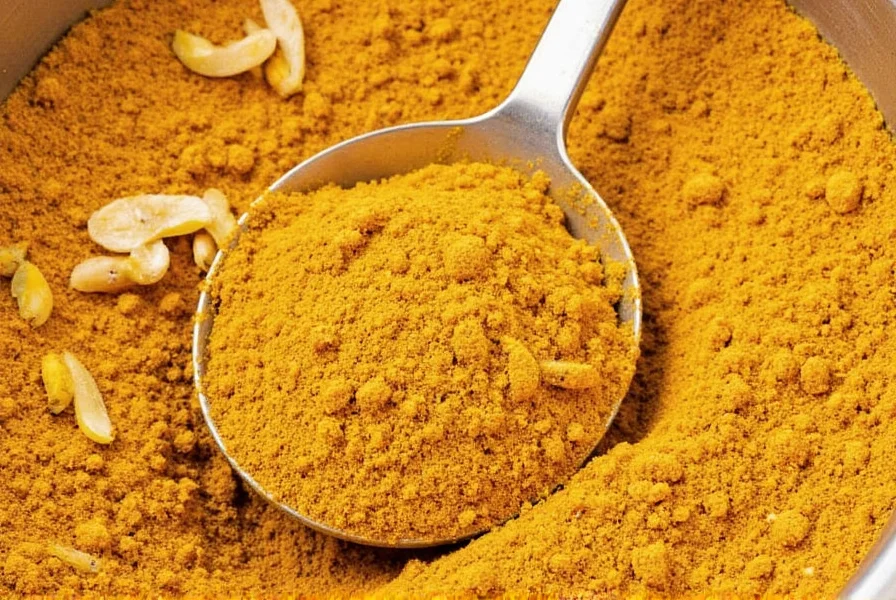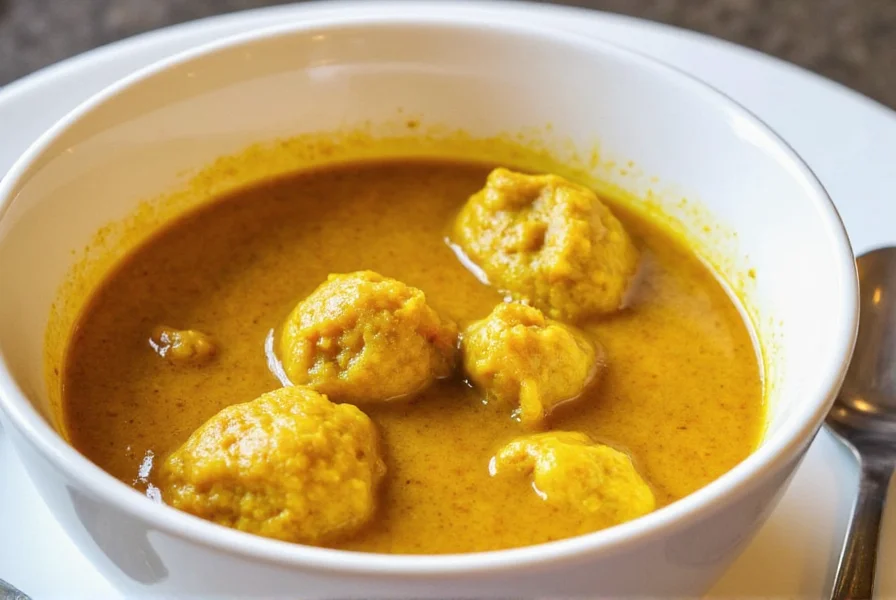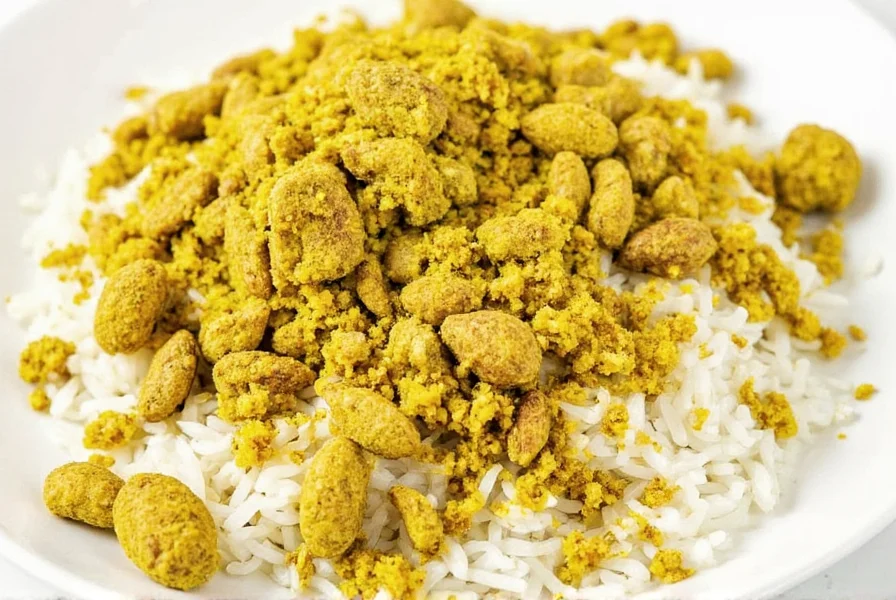Table of Contents
Introduction to Curry Spice Ingredients
Curry powder is a Westernized spice blend developed during British colonial rule in India. It typically contains turmeric, cumin, coriander, fenugreek, and chili powder, but regional variations exist across Indian, Thai, and Japanese cuisines. Unlike authentic Indian spice mixes which are custom-blended for specific dishes, curry powder offers a standardized flavor profile for Western cooking.

Common Curry Spice Ingredients
These core ingredients form the foundation of most curry powder blends:
- Turmeric: Provides vibrant yellow color and earthy, slightly bitter flavor
- Cumin: Adds nutty, smoky depth and warm undertones
- Coriander: Contributes citrusy, floral notes that balance other spices
- Fenugreek: Offers sweet, maple-like aroma and subtle bitterness
- Chili Powder: Determines heat level with varying intensity
- Mustard Seeds: Common in South Indian blends for pungent, sharp flavor
| Spice | Flavor Profile | Role in Curry Blends |
|---|---|---|
| Turmeric | Earthy, slightly bitter | Primary colorant and base flavor component |
| Cumin | Nutty, smoky | Provides foundational warmth and depth |
| Coriander | Citrusy, sweet | Balances heat and adds aromatic complexity |
| Fenugreek | Sweet, maple-like | Enhances richness and rounds out flavor profile |
| Chili Powder | Spicy, fiery | Adjusts heat level for regional variations |
| Mustard Seeds | Pungent, sharp | Common in South Indian and Thai curry pastes |

Regional Variations in Curry Blends
Curry spice compositions vary significantly by region:
- Indian Curry Powders: Typically include turmeric, cumin, coriander, fenugreek, and mustard seeds. Garam masala (cinnamon, cardamom, cloves) is often added as a finishing spice rather than in the base blend
- Thai Curry Pastes: Feature fresh ingredients like lemongrass, galangal, kaffir lime leaves, and shrimp paste alongside dried spices
- Japanese Curry: Contains more sweet elements like apples or honey, with less chili heat and more emphasis on cumin and coriander
Practical Tips for Using Curry Spices
- Toasting whole spices: Heat whole spices in dry pan for 2-3 minutes to unlock aromatic oils before grinding
- Layering spices: Add ground spices early for base flavor, and whole spices like cardamom pods later for nuanced aroma
- Acid balance: Add acidic ingredients like tomatoes or vinegar after spices bloom to preserve color and flavor
- Proper storage: Keep spices in airtight containers away from light to maintain potency for 6-12 months

How to Choose Quality Curry Spices
Follow these guidelines for optimal spice selection:
- Whole vs ground: Buy whole spices for longer freshness (2-3 years) and grind as needed. Ground spices lose potency after 6 months
- Color check: Turmeric should be bright yellow, cumin deep brown, and coriander pale green
- Scent test: Rub a pinch between fingers - fresh spices release strong, pleasant aromas
- Source transparency: Reputable brands list country of origin and harvest date
Frequently Asked Questions
What's the difference between curry powder and garam masala?
Curry powder is a Westernized blend typically containing turmeric, cumin, coriander, and fenugreek designed for consistent flavor. Garam masala is an Indian finishing spice blend without turmeric, featuring warming spices like cinnamon, cardamom, and cloves. They serve different culinary purposes and aren't interchangeable.
Why does my curry lack vibrant yellow color?
Turmeric's color can be neutralized by acidic ingredients like tomatoes or vinegar. Bloom turmeric in hot oil at the beginning of cooking before adding acids for maximum color retention. Use 1-2 teaspoons per pound of ingredients for optimal hue.
How long do curry spices stay fresh?
Whole spices retain peak flavor for 2-3 years when stored in airtight containers away from light. Ground spices last 6-12 months. Check freshness by rubbing a pinch between your fingers - if aroma is weak, replace the spice.
Can I substitute fresh turmeric for ground turmeric?
Yes, but adjust quantities. Use 1/4 teaspoon ground turmeric for every 1 inch of fresh turmeric root. Fresh turmeric offers brighter flavor but less consistent coloring. Always pair with black pepper to enhance curcumin absorption.











 浙公网安备
33010002000092号
浙公网安备
33010002000092号 浙B2-20120091-4
浙B2-20120091-4